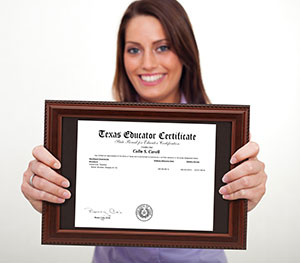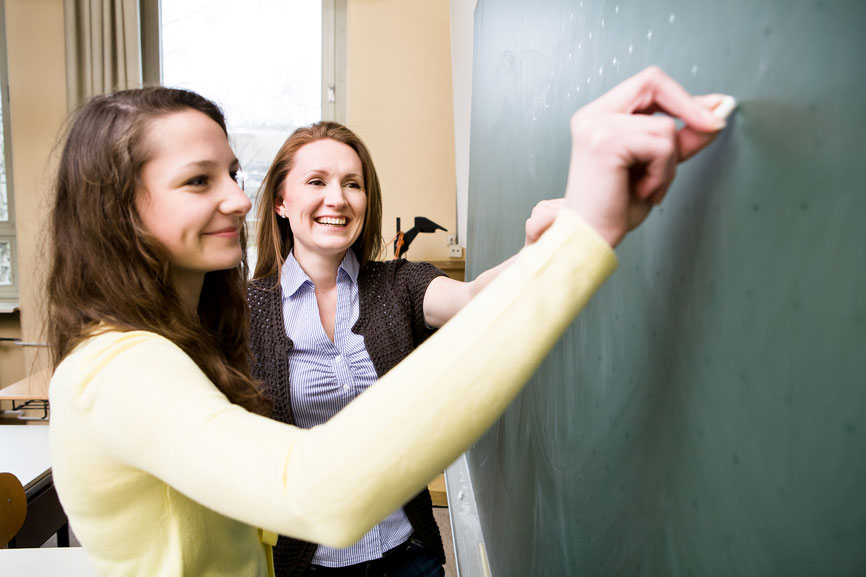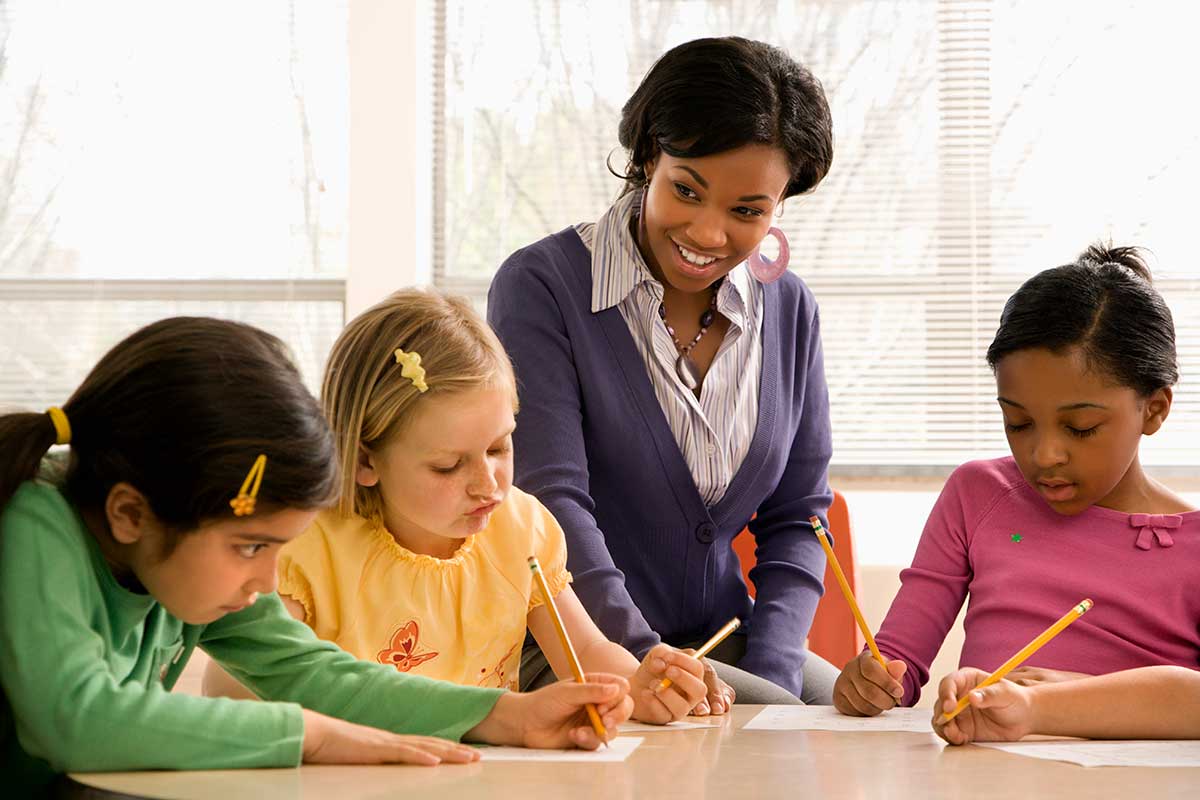Collaborative Learning
Research indicates successful learning also involves an interaction of the learner, the material, and the teacher. This is the framework of collaborative learning in the educational setting.
The characteristics of a collaborative classroom that you could benefit from are the sharing between teacher and students, sharing planning responsibilities, grouping of students, and the roles of the students and teacher.
1. Sharing between teachers and students in a collaborative learning classroom.
In traditional classrooms you are the all knowing, mostly information giver. In a collaborative learning classroom the teacher and students share knowledge about content and instruction. Working together toward a common goal will strengthen the connections made in the learning process.
2. Sharing planning the collaborative learning classroom.
In most traditional classrooms the teacher is responsible for designing lessons and assessing what the students are learning. In the collaborative learning classroom the teacher will provide options for activities or end products, which will engage the student in critical thinking. The structure will also encourage students to assess what they learn. You will maintain a high level of thinking when your students plan their activities and products with Bloom’s Taxonomy verbs.
3. Grouping of students in a collaborative learning classroom.
When you are trying to enrich learning in you classroom all perspectives, backgrounds, and experiences of your students are important. Everyone can learn from someone else. If your students are grouped with similar interests or abilities it could weaken the collaborative learning and limit students the opportunity to learn from and with other students.
4. Role of the teacher and student in the collaborative learning classroom.
The teacher as the facilitator provides opportunities for collaborative work and problem solving, while offering students authentic learning tasks. The classroom should take on a collaborative learning look. Arrange small meeting areas where planning and collaboration can occur. Your room should be organized into various resources for the students. A computer station could be used for collecting information, collaborating with webbing software, or creating a product from the research data. A station with a variety of magazines, newspapers, and audio equipment would allow students to experience diverse media. Everyone will benefit from learning from each other and will strive to teach their group about their interest.
5. Challenges in the collaborative learning classroom.
When you move from a traditional classroom to a collaborative learning classroom several issues are going to arise. These issues are concerns for teachers, administrators, and parents. One of the issues would be classroom environment. With a collaborative learning classroom it will be noisier and some believe a noisy classroom lacks discipline and no learning can occur. Students need opportunities to move, talk, and ask questions. These activities will create more noise than from a traditional classroom. Another issue could be individual responsibility for learning. Usually in a traditional classroom students are graded for individual work but in a collaborative learning classroom it is often difficult to assign individual grades. You will be pleased that effective ways are being tried in the collaborative learning classroom. One way is making individuals responsible for subtasks in group work. This could allow the teacher to give both group grades and individual grades.
The collaborative learning classroom will strengthen the student’s learning in your classroom. It will provide authentic experiences and will help them become lifelong learners.










